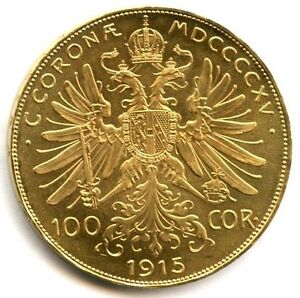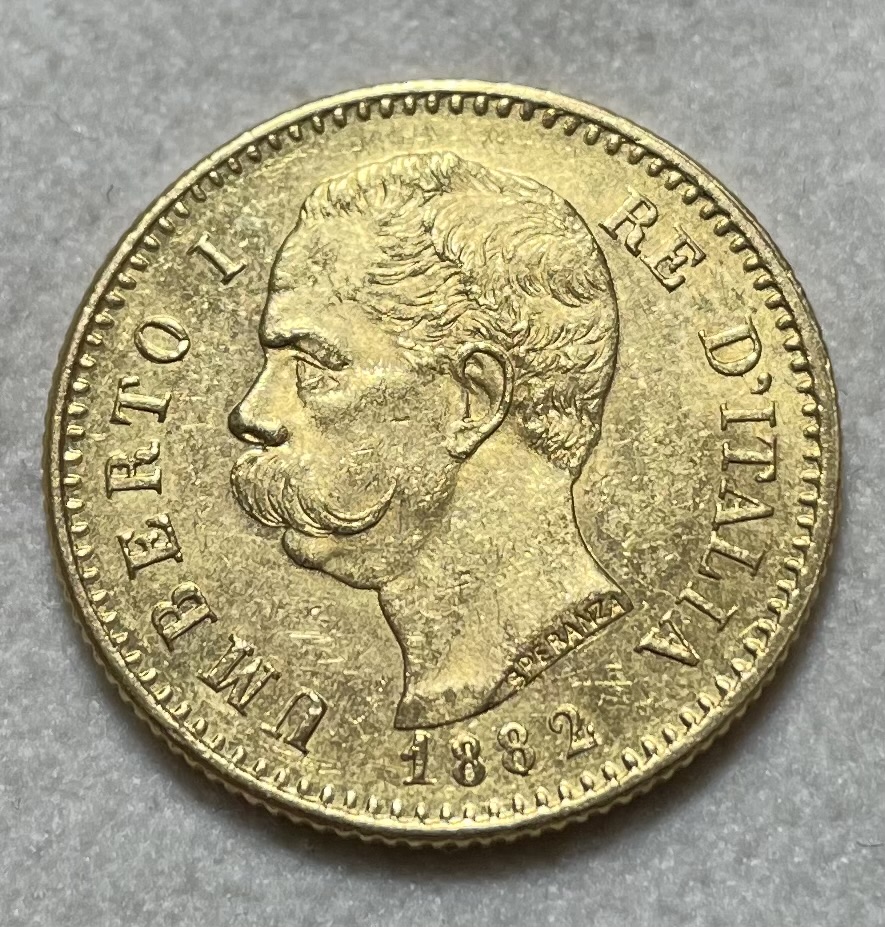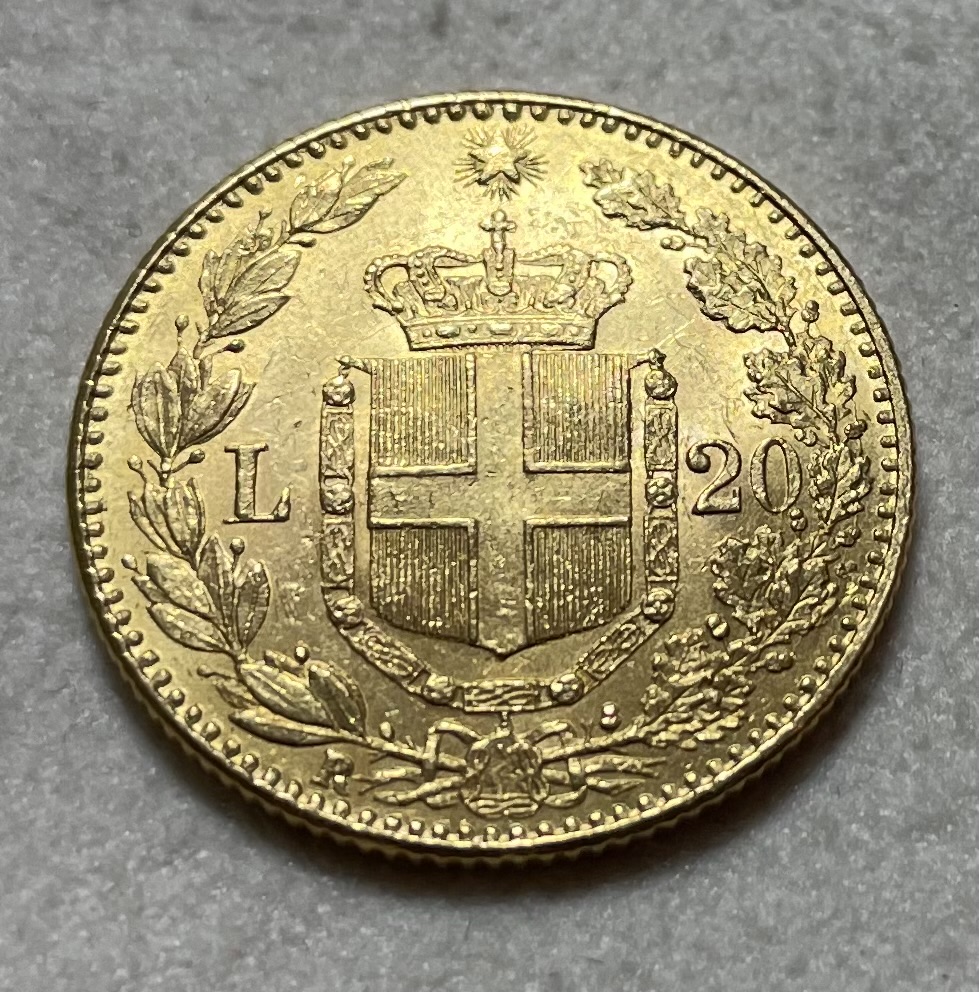Gold Density
The mean density of of gold is 19.3 g/cm3. This is the element gold (24K gold).
Weight or Mass of GOLD Calculators: Use the mean density of gold (19.3 g/cm3) in any of the following formulas to compute the approximate mass or weight of the object made of gold based on its shape and dimensions.
Gold Coin Calculator
| Gold SPOT PRICES | ||
| ($/gram) | ($/troy_oz) | |
| $100.664 | $3131.0 | |
| Updated every five minutes | ||
- US Gold Eagle Coin Value: Computes the value of U.S. Gold Eagle coins based on their size, the number of coins, SPOT and any numismatic factors.
- Value of 1oz US Gold Eagle Coins: Computes the current market value of 1oz US Gold Eagles
- Value of 1/2 oz US Gold Eagle Coins: Computes the current market value of 0.5 oz US Gold Eagles
- Value of 1/4 oz US Gold Eagle Coins: Computes the current market value of 0.25 oz US Gold Eagles
- Value of 1/10 oz US Gold Eagle Coins: Computes the current market value of 0.1 oz US Gold Eagles
- Gold Maple Leaf Coins Value: Computes the value of Canadian Maple Leaf coins based on their size, the number of coins, SPOT and numismatic factors.
- Krugerrand Coins Value: Computes the value of South African Krugerrand coins based on their size, the number of coins, SPOT and numismatic factors.
- 20 Swiss Gold Franc Value: Computes the value of 20 Swiss Franc coins based on the number of coins, SPOT and any numismatic factors
- Gold British Sovereign Coins Value: Computes the value of British Sovereign coins based on the number of coins, SPOT and numismatic factors.
- 20 Italian Gold Lira Coin Market Value
- 100 Austrian Corona
- Zimbabwe 1 oz Gold Coin Value: Computes the value of a Mosi-oa-Tunya coin based on the current spot price of gold and a mint adder.
- Gold Value: Computes the value of gold based on the weight, karat purity, a refiner's fee and a fee to the retailer (jeweler).
- Alloy Value: Computes the value of platinum, palladium, silver or gold based on the weight, percent purity, a refiner's fee and a fee to the retailer (jeweler).
- Gold SPOT: The value of a gram, penny weight or troy ounce of gold bullion (.9999) in U.S. dollars or other currencies.
- Density of Gold: Mean density of gold bullion (.9999).
| Gold Coins | |
|---|---|
|
|
|
Metals are materials characterized by its physical and chemical properties, primarily its ability to conduct electricity and heat, its luster or shine when polished, its malleability (ability to be hammered or pressed into shapes), and its ductility (ability to be drawn into wires). Metals typically have a crystalline structure and are found naturally in solid form (with the exception of mercury, which is a liquid at room temperature).
|
Metals Densities
|
Metals make up a large portion of the periodic table of elements, with examples including iron, copper, gold, silver, aluminum, and titanium, among many others. Metals are essential in various industries such as construction, manufacturing, electronics, transportation, and energy production due to their unique properties and versatility.
Metals are generally dense materials. Density is a measure of how much mass is contained in a given volume. Metals tend to have high densities because their atoms are closely packed together in a crystalline structure. This close packing of atoms contributes to their characteristic properties such as strength, malleability, and conductivity.
However, it's important to note that the density of metals can vary widely depending on factors such as their elemental composition, crystal structure, and any impurities present. For example, some metals like lead and platinum are denser than others like aluminum or magnesium.
The Weight of Metal Calculator contains functions and data to compute the weight (mass) of metal objects based on their size, shape and the density of the metal. The Weight of Metal functions are:
- Cylinder Weight: Computes the weight (mass) of a cylinder based on the radius, length (height) and density of metal.
- Sphere Mass: Computes the mass (weight) of a sphere based on the radius and density of metal.
- Hemisphere Mass: Computes the mass (weight) of a hemisphere based on the radius and density of metal.
- Weight of Metal Bars: Computes the mass (weight) of a number of metal flats or metal bars based on the dimensions and density of metal.
- Weight of Metal Rods: Computes the mass (weight) of a number of metal rods based on the dimensions and density of metal.
For the mean densities of other substances click HERE.
Calculators
Collections
- Comments
- Attachments
- Stats
No comments |














